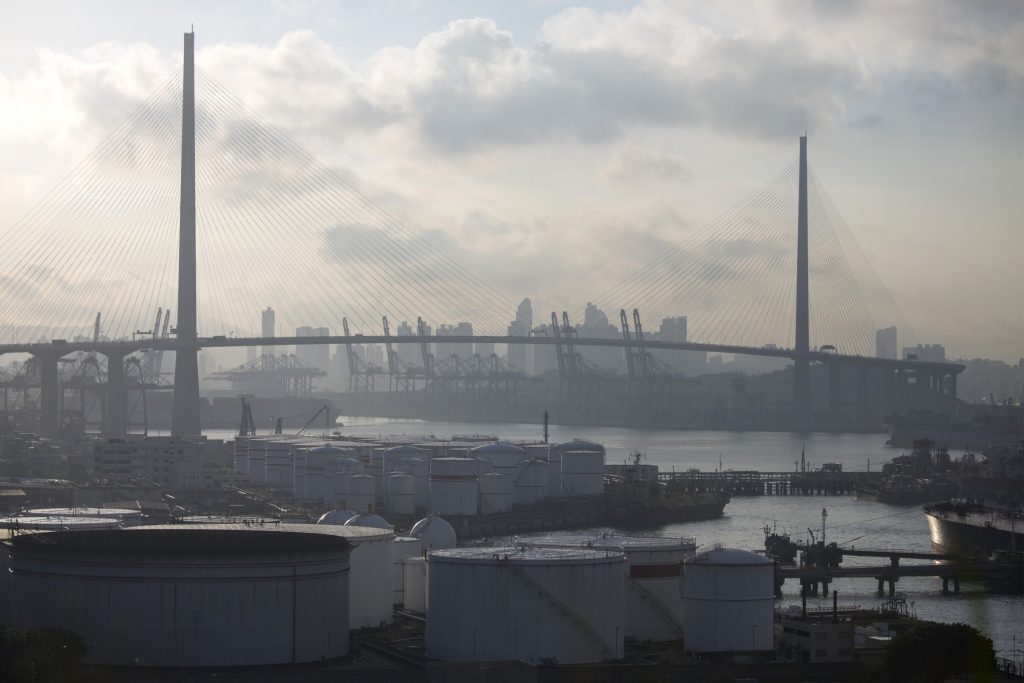
China’s crude oil production will likely extend it’s slide into a third year as state-run giants focus on pumping natural gas to meet President Xi Jinping’s drive to use more of the cleaner-burning fuel.
China, which last year overtook the U.S. as the world’s top oil importer, will see the pace of crude output declines from its old, high-cost fields continue and capital expenditures shift more toward natural gas assets, according to Jefferies Group LLC, Wood Mackenzie Ltd. and Energy Aspects Ltd. The two fuels will continue to diverge, as data Thursday from the National Bureau of Statistics for 2017 showed:
Crude production fell 4 percent to 191.51 million metric tons, the lowest since 2009. That’s about 3.846 million barrels a day, roughly 153,000 barrels daily below the previous year’s average, according to Bloomberg calculations. Natural gas production rose 8.5 percent to a record 147.4 billion cubic meters.
The slide in crude output by Asia’s biggest producer started in 2016 as the price crash forced state producers led by PetroChina Co. and Sinopec, officially known as China Petroleum & Chemical Corp., to shut money-losing oil wells and cut spending. A recovery isn’t expected this year, despite higher capital expenditures.
“We believe a combination of the recent slowdown in investment in new oil plays, maturing onshore reserves and continuing investment shift toward natural gas will drag on domestic oil output,” Peter Lee, an analyst BMI Research, said before the data were released.
Crude production last year missed a target of about 200 million tons set by the National Energy Administration in February. Gas also missed the goal of 170 billion cubic meters, though its share of total output rose to almost 41 percent, from 38 percent in 2016, Bloomberg calculations show.
Analysts at BMI forecast crude output to fall a further 4 percent this year, while Wood Mackenzie sees the pace of declines slowing to 2.5 percent. They estimate gas will rise 5 percent and as much as 8 percent, respectively.
China’s natural gas demand may advance 10 percent this year as the government continues to replace coal boilers, the research arm of China National Petroleum Corp. said in its annual market report this week. Almost 4 million households across 28 cities in northern China last year were asked to switch to gas, boosting demand and imports of the fuel.
China’s oil refining last year rose 5 percent to a record near 568 million tons, Thursday’s data showed, after new units started at China National Offshore Oil Corp.’s Huizhou facility and PetroChina’s Yunnan plant. More capacity is scheduled to be added, including a 400,000 barrel-a-day refinery in Dalian by Hengli Group in October, according to ICIS China.
“Oil processing in 2018 will likely hit another record as some petrochemical giants expand into refining to secure feedstock supplies,” said Jean Zou, an analyst with ICIS China. “Independent refiners may further raise their runs with higher crude import quotas.”
Recommended for you
